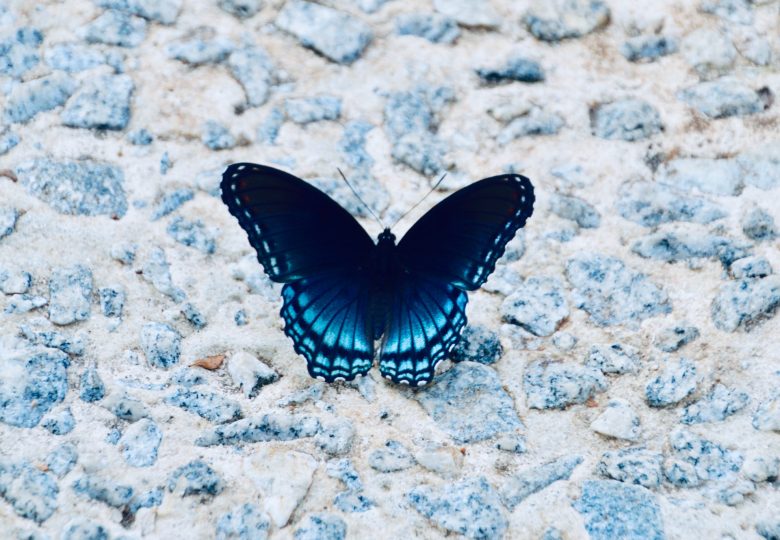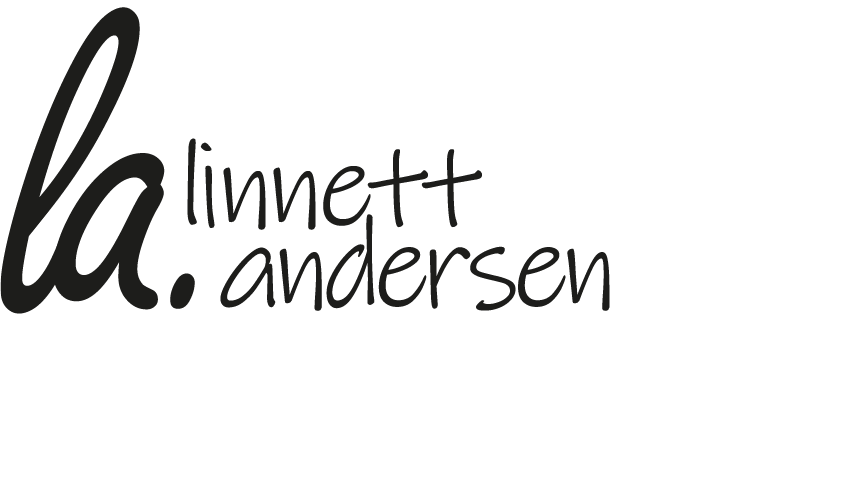Why Creativity is a Butterfly

Butterflies live through four different cycles – egg, caterpillar, pupa and the adult butterfly. Much like the butterfly, your creativity must go through the same cycle.
Creativity takes many shapes and forms. It can be anything from writing an article, painting a picture or recording a song. But one thing it always does, is transform. I love stories about transformations. Always have. I think it’s because, for me, nothing else can measure up to the power of change.
And lately I’ve found myself feeling frustrated with the pace of change. I’m biding my time for future adventures. I’m waiting.
Then I came to think about the butterfly and its life cycle. And how I’m currently in the pupa state. I don’t have my wings just yet, but I’m getting ready to fly.
The same life cycle goes for creativity.
Everything always starts off with an idea, it is the egg or the seed, for everything that is created.
In the book, Big Magic: Creative living beyond fear, Elizabeth Gilbert talks about ideas as though they are not something that someone comes up with. They are not created.
Instead, she claims that they already exist and that they’re hovering all around us, just like butterflies, waiting for someone to notice and realize them.
All you need to do is become attuned to the same frequency as the ideas that are surrounding you. And then capture one.
Once captured it needs to be fed, much like the caterpillar. The caterpillar’s job is to eat and grow. But instead of leaves, the idea needs research, conversations, drafts, networking and maybe (probably) even money. It needs a creative brief, a plan, of how to turn it into realization.
When fully fed and nurtured, it’s time to enter the pupa state.
This is where the transformation takes place. Just like the pupa turns the caterpillar’s cells into legs, wings and other parts, this is where the creative brief transforms into a physical form. It can be a book, article, video, painting or any kind of creative craft.
Your creative idea, or egg, has then turned into a butterfly.
But the work is not done. Just like the butterfly needs to fly (and lay eggs and mate), so too must this new transformation take off and enter the world. In the same book, Big Magic: Creative living beyond fear, Elizabeth Gilbert also claims that the creator has an obligation to show the work of art to the world.
But the fear of displaying your creativity and art for the world to see is something any creator must deal with.
So how do you deal with it?
“Recognizing that people’s reactions don’t belong to you is the only sane way to create. If people enjoy what you’ve created, terrific. If people ignore what you’ve created, too bad. If people misunderstand what you’ve created, don’t sweat it. And what if people absolutely hate what you’ve created? What if people attack you with savage vitriol, and insult your intelligence, and malign your motives, and drag your good name through the mud? Just smile sweetly and suggest – as politely as you possibly can – that they go make their own fucking art. Then stubbornly continue making yours.“
― Elizabeth Gilbert, Big Magic: Creative Living Beyond Fear
Bet you didn’t know this about butterflies.
- The process through which the butterfly develop is called metamorphosis, a Greek word that means transformation or change in shape.
- During the caterpillar stage, the caterpillar can grow 100 times their size.
- Some species of butterflies and moths have a pupal stage that lasts for two years. More common is a few weeks.
- Most adult butterflies live only one or two weeks, while some hibernate during winter and live several months.
- The biggest butterfly in the world is Queen Alexandra’s Birdwing with a wingspan up to 1 feet, or 30 centimeter, wide. It lives in Papua New Guinea.
Source: The Academy of Natural Sciences and enchantedlearning.com.
